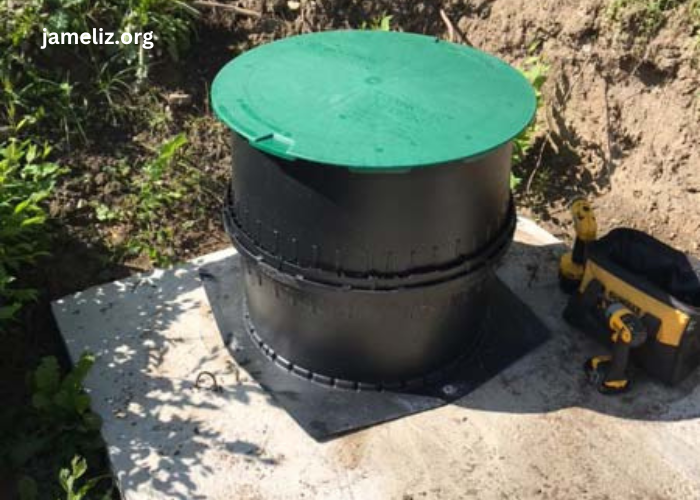Septic tanks are crucial components of wastewater management for homes not connected to municipal systems. Properly maintaining them ensures smooth operation and reduces the risk of costly repairs. One often overlooked yet vital element is the installation of risers, which allow easy access to the tank for inspections and maintenance.
What Are Septic Tank Risers?
Risers are vertical extensions that connect a tank’s opening to the ground surface. A septic riser installation eliminates the need for excessive digging during maintenance, saving time and effort. Installed securely, they create a streamlined path to the tank while preventing soil and debris from entering. This simple yet effective solution is an essential upgrade for households relying on septic tanks.
Why Install These Products?
Without risers, accessing a tank involves excavation, which can disturb landscaping and increase service costs. Installing one of these provides several benefits:
- Accessibility: Servicing becomes faster and less invasive.
- Cost Savings: Avoid repeated digging and associated expenses.
- Safety: Properly sealed risers prevent debris from contaminating the tank.
- Longevity: Easier access ensures routine maintenance is never skipped.
By installing a riser, homeowners can maintain their tanks more effectively and avoid unnecessary disruptions.
Choosing the Best Materials
Risers are available in materials like plastic, concrete, and fiberglass, each offering distinct advantages. Plastic is lightweight and resistant to corrosion, making it an affordable and durable choice. Concrete provides unmatched sturdiness but may be challenging to install due to its weight. Fiberglass combines durability with ease of handling, making it a popular middle-ground option. Choosing the right material depends on the specific environment and durability requirements.
Steps in Riser Installation
The process involves several key stages to ensure functionality and longevity:
- Assessing the tank’s existing structure and identifying the access points.
- Selecting an appropriate riser that fits securely and aligns with the ground level.
- Attaching it to the tank using compatible seals or gaskets to prevent leaks.
- Backfilling and leveling the surrounding soil for a seamless finish.
When handled by experienced specialists, the process is efficient and ensures long-term reliability.
Cost of Installation
The cost varies based on material, installation complexity, and local labor rates. While upfront costs may seem high, they pay off through reduced maintenance expenses over time. Investing in a quality riser ensures fewer disruptions and keeps the tank accessible for routine upkeep. Professionals can provide accurate estimates tailored to specific setups.
Taking Care of These
Risers require periodic inspections to ensure they remain in good condition. Check for signs of cracks, loose seals, or structural wear. Clean the riser cover to prevent debris buildup, and ensure it is securely fastened to avoid accidents. Performing these small checks keeps the riser functional and protects the tank from damage.
How to Avoid Problems
Common issues like poorly fitted risers or inadequate sealing can lead to leaks or tank contamination. To avoid such problems:
- Use high-quality materials during installation.
- Ensure the riser is properly aligned and sealed.
- Avoid placing heavy loads directly on the riser.
- Engage specialists for professional installation and repairs.
Taking these precautions safeguards the tank and prolongs its lifespan.
Improving Access with Risers
A riser transforms tank maintenance by simplifying access for pumping and inspections. Beyond convenience, it enhances the overall system’s efficiency. The reduced need for excavation minimizes wear and tear on the surrounding property, keeping everything clean and intact.
A septic riser installation is an essential step for maintaining a septic tank effectively. By improving access, reducing costs, and preventing contamination, it ensures the tank functions optimally for years. Professional installation and regular checks further enhance its benefits, making it a worthwhile investment for any home.

